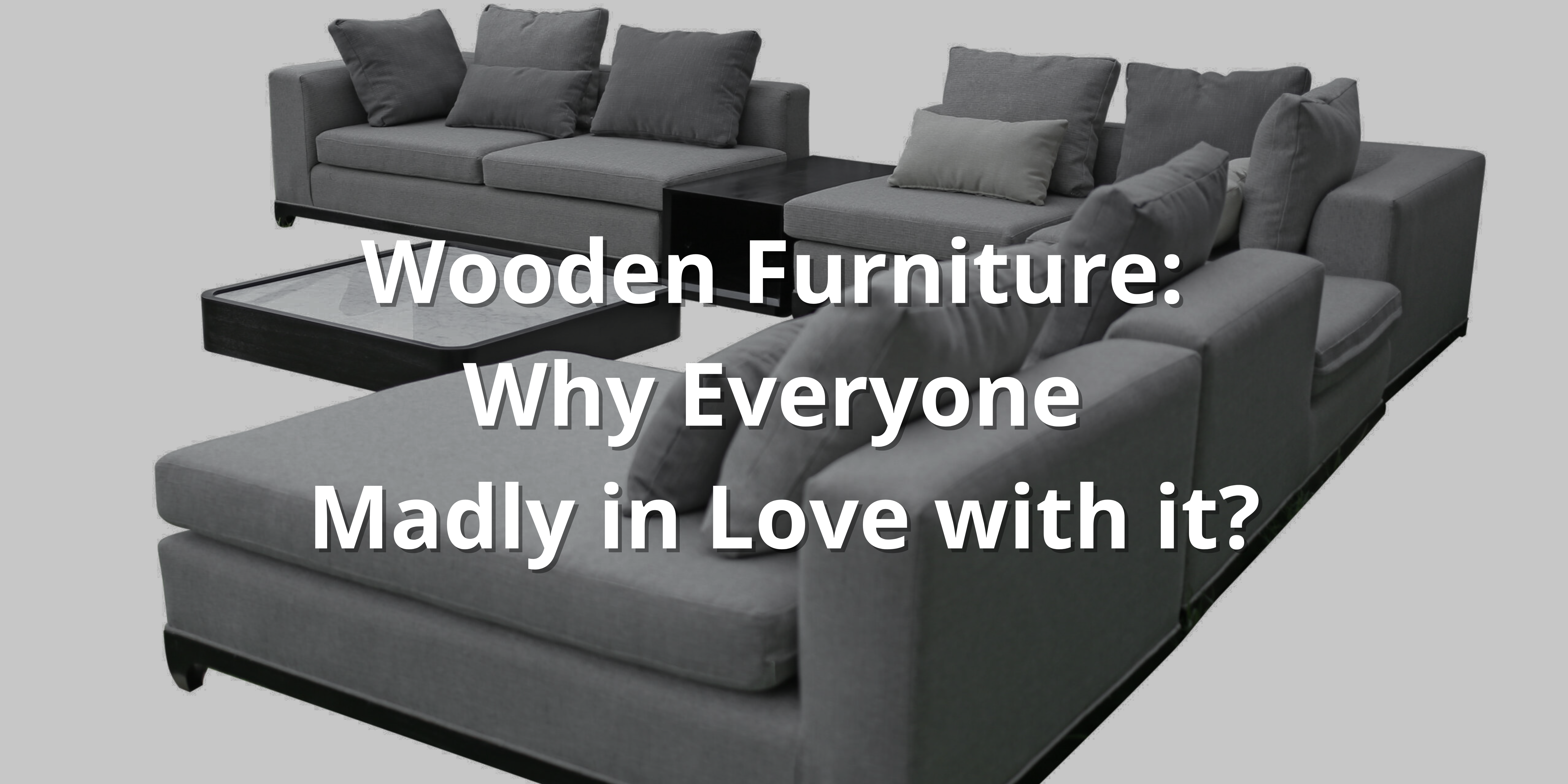In the pursuit of creating a cohesive living space, people often find themselves at a crossroads, selecting a coffee table that inadvertently disrupts the balance of their room. This guide aims to unravel the intricacies of choosing the perfect wood coffee table, emphasizing customization, stability, shape, and logic.
The best way to choose the perfect wood coffee table are:
- Customize based on your room: look around how can your harmonize
- Create room stability: don’t overweight your wood table
- Carefully choose shape: Aesthetic and safety reason
- Be Logical: Choose based on your needs, not wants
Customize your Wood Coffee Table based on your room
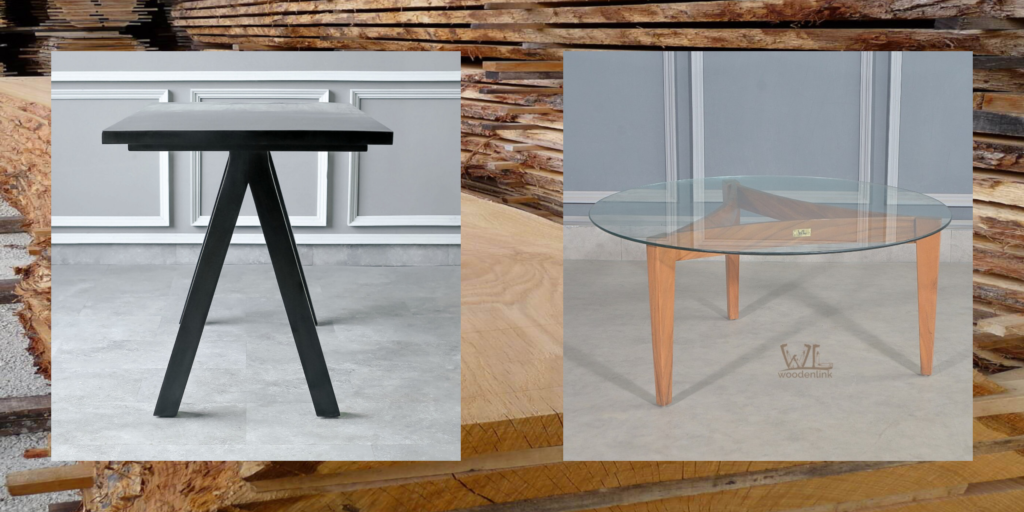
Selecting a coffee table is not a one-size-fits-all endeavor. To achieve harmony, customize your choice based on the room’s dimensions and existing decor. Passive hues and styles that echo your interior theme ensure seamless integration. If your space is compact, opt for a minimalist design, allowing functional elegance without overwhelming the room. For larger rooms, embrace the freedom to choose a more substantial piece that complements the expansive surroundings. Choose a larger coffee table like Arif Coffee Table for a wider room, or a simple coffee table like Alaska Coffee Table for instance
Create Room Stability
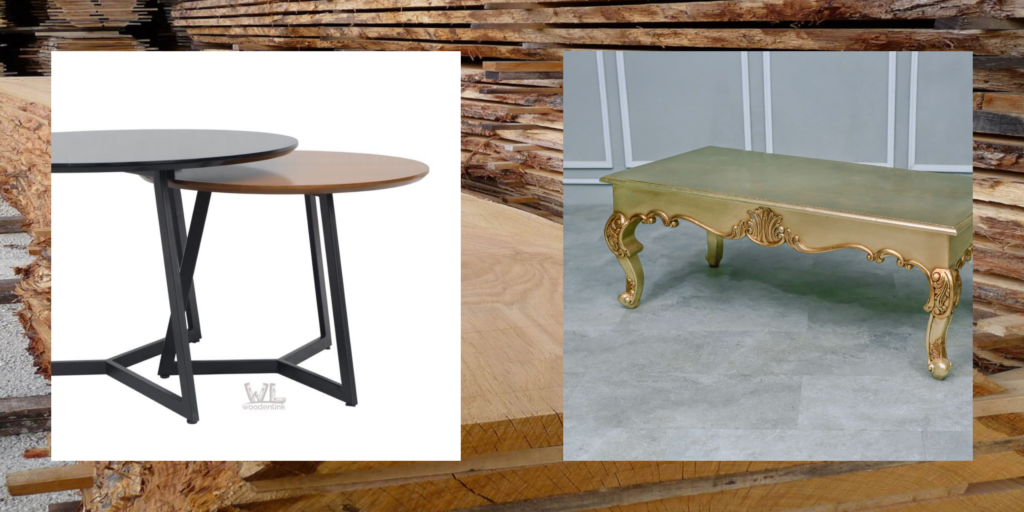
Harmony is rooted in stability, and your coffee table plays a pivotal role in achieving this equilibrium. Choose a wood table that mirrors the weight distribution of your seating arrangement. Placing a substantial table in a room with delicate furnishings disrupts the visual flow. Conversely, a lightweight table in a room with robust furniture lacks visual grounding. By considering the weight and proportions, you contribute to an atmosphere of stability, enhancing the overall aesthetic appeal. An eternal design like Duo Coffee Table would be perfect anywhere, or create strong accent in your room with Garner Coffee Table
Carefully Choose The Shape
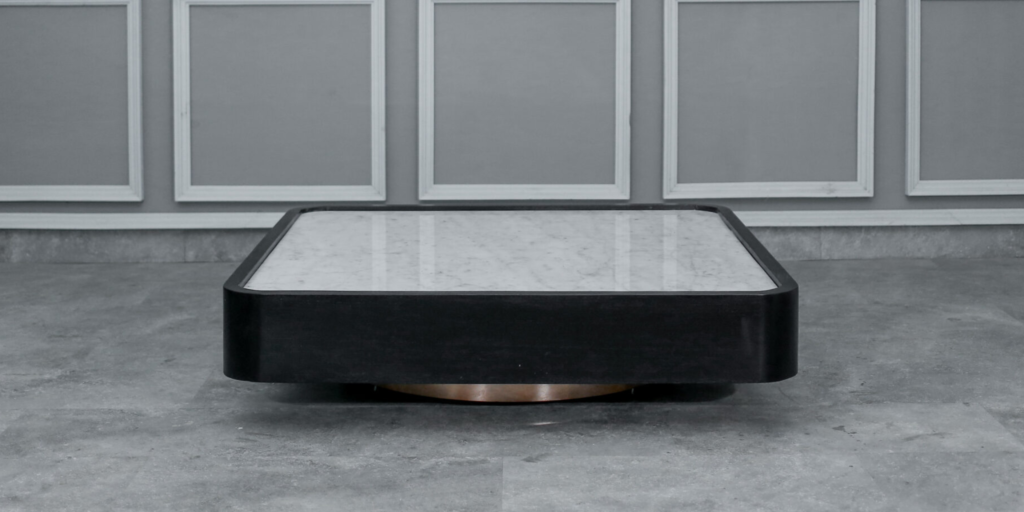
The shape of your coffee table significantly influences the spatial dynamics. Opt for a round table to soften angular rooms and foster a sense of inclusivity. Conversely, a rectangular or square table complements linear spaces, providing a structured focal point. Passive lines and organic curves in the design contribute to an effortless flow within the room. Ensure that the chosen shape aligns with the room’s layout, enhancing both functionality and aesthetic appeal. Be mindful with your offspring, choose a round table corner for a safer environment. Avoid glass material and all-white color. You don’t want to end up with a dirty coffee table, do you?
Example, For an L-shaped sofa choose a small rectangle coffee table. Want to go big and safe? choose a rounder coffee table such as Woodenlink’s Milton Coffee Table
Be Logical
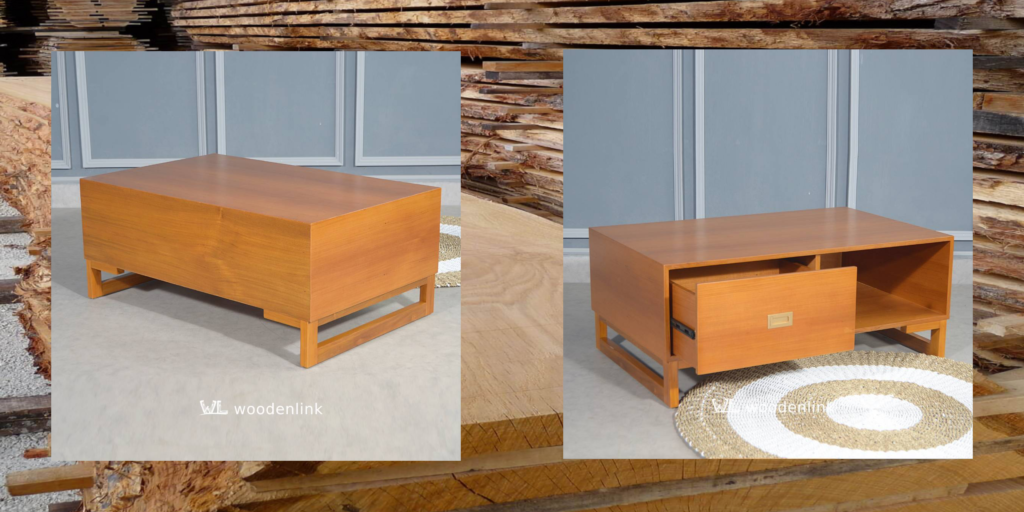
In the quest for the perfect wood coffee table, logic is your guiding compass. Consider the daily activities in your living space, and let practicality guide your decision. Choose a table with storage options if you need to declutter regularly, Woodenlink’s Riley Coffee Table for example. Opt for materials that withstand wear and tear, ensuring longevity. Logical decisions also involve measuring the available space, preventing the table from dominating the room or appearing inconspicuous. By grounding your choices in practicality, you not only elevate the visual appeal but also enhance the functionality of your living space.
In conclusion, the journey to the ideal wood coffee table involves a delicate dance of customization, stability, shape, and logic. By navigating these elements with a discerning eye, you can transform your living space into a harmonious sanctuary where every piece of furniture plays a vital role in creating a balanced and visually appealing environment.


